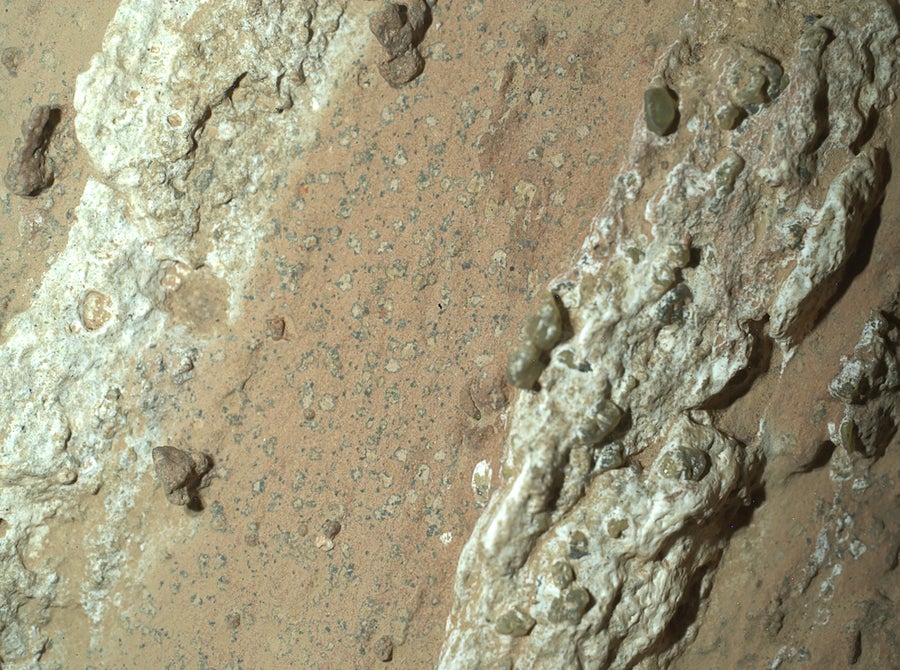Saturn’s moon Titan has an equivalent of freshwater rivers and salty oceans
The north polar region of Titan, imaged using radar signals from the Cassini probe, with hydrocarbon seas coloured blue
NASA / JPL-Caltech / Agenzia Spaziale Italiana / USGS
Our most detailed look yet at the strange lakes of Saturn’s moon Titan has revealed a diverse seascape, similar to Earth’s combination of freshwater rivers and salty oceans.
Unlike Earth’s water oceans, Titan’s lakes consist of methane and ethane, which are liquid at the planet’s average surface temperatures of about -179°C (-290°F).
Radar measurements from NASA’s Cassini spacecraft, which orbited Saturn between 2004 and 2017, have hinted at differences in the lakes’ properties, such as their composition and the waves on their surface. But there wasn’t enough information in the signals to distinguish between them.
Now, Valerio Poggiali at Cornell University, New York, and his colleagues have mapped the composition and surface of Titan’s seas using a different radar technique, revealing an increasing amount of ethane as you travel down the planet from its north pole. “The more north you go, the cleaner and purer the seas are; they’re more methane-dominated,” says Poggiali.
Previous radar measurements were made using signals emitted and received at the same location, on the Cassini probe. This meant that the reflected radio waves were polarised, or twisted, in one direction.
The new study analysed signals from Cassini’s radar that had been reflected off the surface of the lakes and then received using radio antennae on Earth operated by NASA, called the Deep Space Network. The shallower angle of the reflected signal meant that it included two kinds of polarised waves, giving Poggiali and his colleagues more information about the lakes’ properties.
They found that many of the rivers and estuaries that fed the lakes had rough surfaces, probably caused by wind-whipped waves. This might be a sign of active tides or currents feeding into the lakes, says Poggiali. “Activity on the surface of the seas is super important if you want to plan a future mission, like a Titan submarine, but also to be able to better understand Titan’s environments in terms of wind and its atmospheric characteristics.”
Poggiali and his colleagues also found that the rivers had a higher composition of methane before they fed the lakes. This could help us track the methane and ethane cycle on Titan, says Ingo Mueller-Wodarg at Imperial College London. “When a river enters a large, salty ocean on Earth, then you would see that, near where the river enters, you have a lower salinity of the water,” he says. “It’s kind of a similar thing happening here, only that it’s not about the content of salt, but the relative proportion of methane and ethane.”
Topics:
Source link




